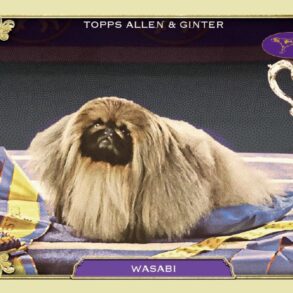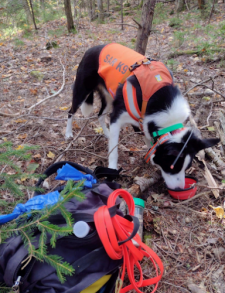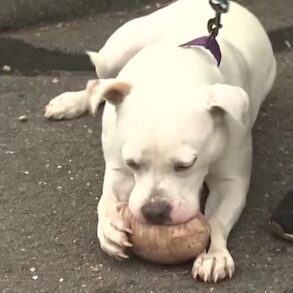
Roy S. Gutterman is a professor and director of the Tully Center for Free Speech at the Newhouse School at Syracuse University.
The campaign for president has been tough on cats. With almost two months to go, cats have found themselves, well, in the doghouse.
First, Vice Presidential candidate J.D. Vance referred to his Democratic opponents as “childless cat ladies.” Then, in last week’s highly anticipated (and hyped) debate, Donald Trump launched the seemingly innocuous town of Springfield, Ohio, into the maelstrom of the campaign when he said that immigrants were eating peoples’ pets, particularly cats, maybe some dogs, too.
Both statements met with a cacophony of rebukes and criticisms, shifting both political campaigns away from public-policy driven debate and discussion to fact-checking and countering a bizarre accusation that is so far off the playing field it is practically insane to focus on. Both statements reach offensiveness on many different levels — the cat lady comment because it denigrates women who haven’t borne children, the pet-eating comment because it demonizes Haitian immigrants.
With Trump’s debate accusation, it is especially hard to fathom such a statement that can get equal discussion and analysis from the highest levels of mainstream news operations as well as any comedian looking for an easy joke.
As divided as we are politically, the cat-dog divide has often been the subject of debate, friendship and even matchmaking. It is important to acknowledge that there are many people who like both cats and dogs. This piece is not intended to disparage either cat-lovers or dog-lovers. We’re all Americans.
Animals, particularly presidential pets, have played a significant role in helping politicians shape their personal identity and even divert attention from other more pressing issues. Richard Nixon’s historic 1952 “Checkers Speech,” which saved his political career after a fundraising scandal, is famous for his declaration that the dog was a gift sent by a supporter to his daughter Tricia, then 6 years old, who named it because of his black and white pattern.
Bill Clinton famously walked the political line with both a presidential cat, Socks, and a dog, Buddy. Television news cameras captured Clinton with Buddy, a playful chocolate labrador, during one of his scandals. Commentators at the time speculated that Buddy might have been Clinton’s only friend in Washington.
Of course, there’s Harry Truman’s famous line: “If you want a friend in Washington, get a dog.” He had a cocker spaniel named Feller.
Lyndon Johnson was also famously criticized for picking up his Beagle, Him, by its ears to pose for an Associated Press photographer. He was widely criticized by animal lovers.
And, most recently, President Joe Biden’s German shepherd, Major, was kicked out of the White House for repeatedly biting people, particularly Secret Service agents.
Perhaps all the controversy with presidential dogs may be some form of vindication for cat lovers. There have not been any major reports of cats destroying White House furniture with their claws or doing other cat stuff that could drive even a pet lover mad.
Reports of immigrants killing and eating pets are just as unfounded. And yet they are having real-world effects in Springfield, Ohio, where threats of violence are disrupting daily life and raising fears that people will be hurt.
In his Checkers Speech, Nixon knew that focusing on a pet humanized him and could tug at America’s heartstrings. “And you know, the kids, like all kids, love the dog, and I just want to say this, right now, that regardless of what they say about it, we’re gonna keep it,” he said.
At least nobody was accused of wanting to eat Checkers. Though the Nixon speech still resonates, it shows how far we have come in American politics and public discourse. As flawed and as problematic as Nixon was, who would have thought in 2024 we would be longing for some of the simplicity and stability of a Nixonian universe.
This post was originally published on this site be sure to check out more of their content.










































